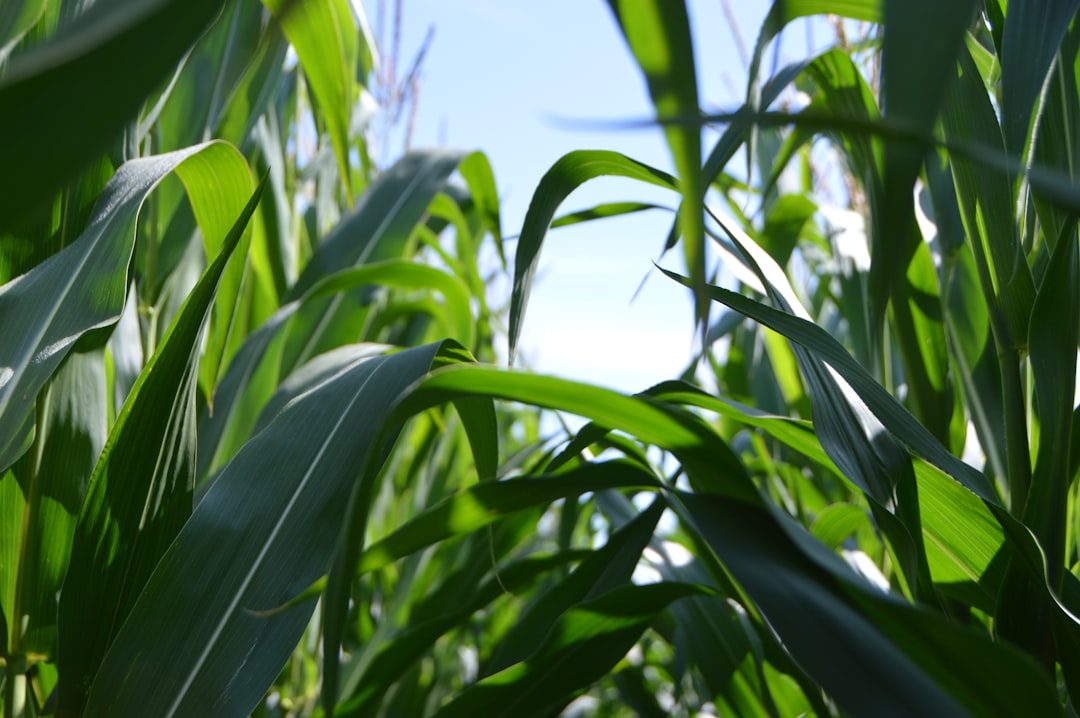What is it about?
This publication discusses the genetic characterization of 118 grass pea accessions using EST-SSR markers. It identified 67 alleles with variations in β-ODAP concentration. Cluster analysis grouped them into four clusters, highlighting the importance of these findings for grass pea breeding due to significant genetic diversity between populations.
Featured Image

Photo by Raymond Eichelberger on Unsplash
Why is it important?
This article stands out by exploring the genetic diversity and neurotoxin content in a collection of Bangladeshi grass pea accessions. It offers valuable insights into a climate-resilient crop's genetic potential for both human and animal consumption while addressing the stagnation in its genetic improvement. The use of EST-SSR markers and the identification of distinct genetic clusters, along with varying neurotoxin levels, make this study essential for readers interested in crop genetics, breeding, and food security.
Perspectives
This article is crucial for understanding the genetic diversity and neurotoxin content in Bangladeshi grass pea accessions. Grass pea is a climate-resilient crop with potential for food and livestock feed. It addresses stagnant genetic improvement, offering insights for safer consumption and targeted breeding programs, making it important for food security and crop development.
priyanka gupta
Universite Laval
Read the Original
This page is a summary of: Population structure analysis and determination of neurotoxin content in a set of grass pea (Lathyrus sativus L.) accessions of Bangladesh origin, The Crop Journal, August 2018, Tsinghua University Press,
DOI: 10.1016/j.cj.2018.03.004.
You can read the full text:
Contributors
The following have contributed to this page










